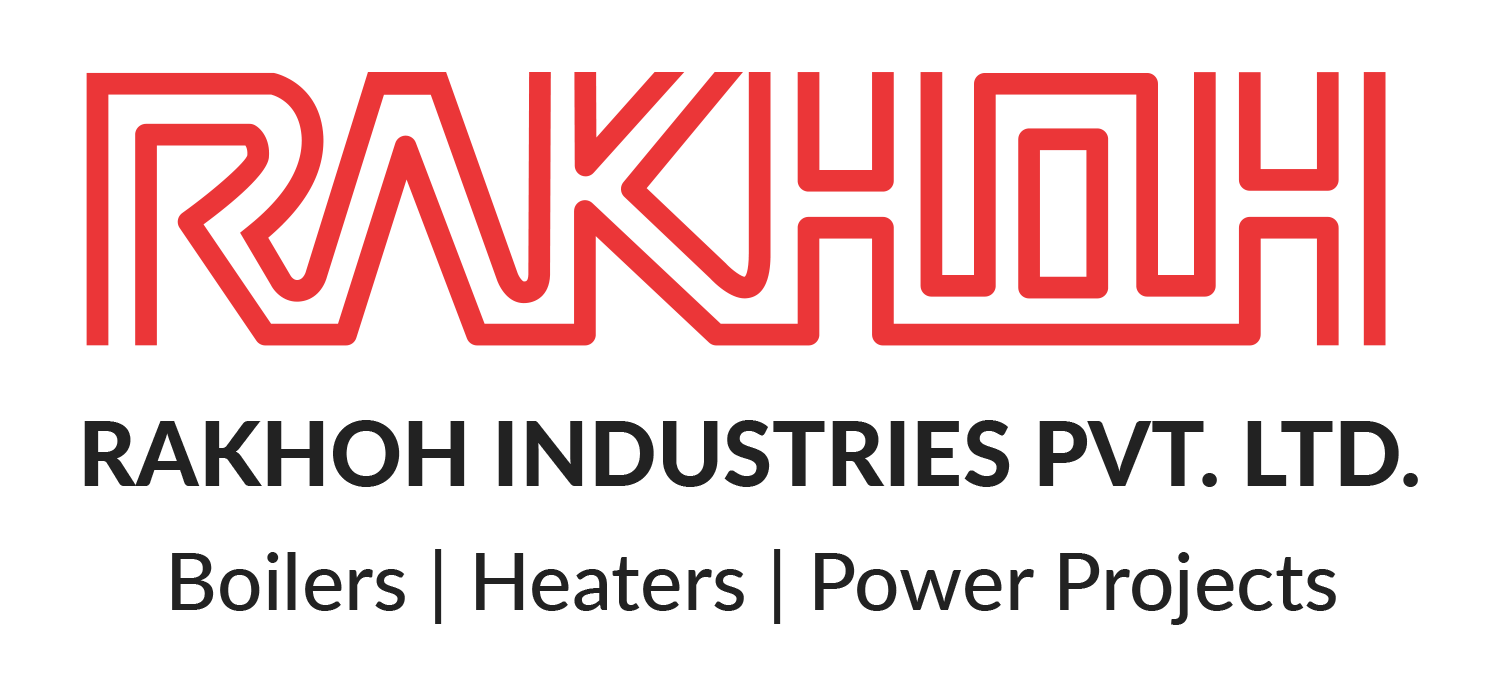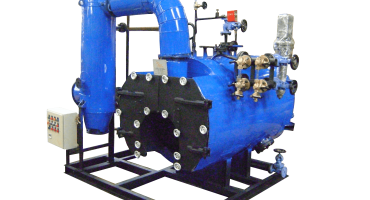Steam Boilers are irreplaceable equipment in the process and manufacturing sector industries. It produces heat through the combustion of fuel that is transferred to the water for converting it to steam at desired temperature and pressure. It is concluded that the efficiency of process industries is dependent on the efficiency of the steam boiler. The increasing fuel prices and concern towards sustainable energy production have led to the rising popularity of biomass boilers for process operations. Biomass is a type of fuel that consists of low density, bulkiness, and releases volatiles. Biomass is gaining preference for various reasons like reducing dependency on fossil fuels, more employment, and reduction in greenhouse gases and acid rain. However, there are various challenges to biomass boilers, particularly with combustion.
Combustion Challenges in Biomass Boilers:
- Agglomeration:
The issue of agglomeration is the ash-related problem, usually found in biomass boilers. Ash is formed from a high-sulfur and low-ash fuel agglomerate, with the sulphation degree varying with time and temperature. Ashes agglomerate by the production of 50–60% or more amount of calcium sulfate and Ca–K-silicates in the deposit. Initially, agglomeration occurs due to carbonation, and later due to sulfation at lower temperatures. Ash agglomeration increases with high iron or alkali metal content as the low-melting alkali chlorides promote the stickiness of fly ash particles. As a result, it increases the ash deposition on the superheater tubes. The deposited alkali chlorides contribute to the increasing corrosion of superheaters.
Solutions for agglomeration:
Agglomeration can be reduced by using additives such as sulfur, kaolin, and ammonia sulfate. Adding kaolin to the bed material before the combustion process can eliminate agglomeration. As alkali sulfates have high melting points compared to corresponding alkali chlorides, it has minimal tendency to stick to the superheaters as deposits. Therefore, it reduces the possibility of deposit formation and corrosion on the superheaters.
- Corrosion:
High-temperature corrosion is termed as the increased oxidation of materials induced by salt film deposition at accelerated temperatures on the fireside of the boiler. The increased temperature ranges from 700 to 1300 °C. High-temperature corrosion includes nitridation, flue gas, carburizing, sulphation, oxidation, chlorination, and corrosion deposit. Fused alkali sulfates are deposited on the hot substrates with the oxidation of metal contaminants such as sulfates and vanadium in the fuel.
Solutions for Corrosion:
- Inhibitors:
Corrosion inhibitors are substances that reduce the rate of corrosion of the metal. The factors for corrosion inhibition are the composition of fluid, flow regime, and quantity of water. Inhibitors are used in processing industries as it is the best defensive agent against corrosion. Corrosion inhibitors are also termed additives to the fluid surrounding the metal.
- Sol-gel coating:
Sol-gel coating is well-known for protection against corrosion as it includes better chemical stability, oxidation control, and corrosion resistance for metallic substrates.
- Varying temperature and pressure:
Findings suggest that the corrosion rate of metal doubles with every 10°C increase in the temperature. Therefore, the corrosion rate of 30 mpy (mils per year) at 30°C would increase to 60 mpy at 40°C. As the temperature increases with passive film remaining intact, it results in the corrosion rate remaining stable. However, with an increase in temperature in the passive film, the corrosion rate increases rapidly. Therefore, the surface temperature of the metal should be determined during process operation. The inner diameter of the tubing gets hotter as the hot wall impacts the re-boiler tubing. As a result, the rate of corrosion is higher than expected.
- Coating:
Coatings protect against erosion and corrosion by shielding the material from several chemical and physical damages that occur due to direct contact of material with the environment. As corrosion results in dilapidation, it causes failure of components in biomass boilers. The coating improves surfaces against corrosion and deposits suitable material on the substrate.
Operational Challenges of Biomass Boilers:
- Availability of biomass and storage problem
- Difficulty with transportation due to moisture content of biomass fuel
- Inefficient fuel conversion, core technology, and equipment
- Industrial chain
Economic Challenges of Biomass Boilers:
- Cost of Feedstock acquisition
- High investment and capital cost
Social Challenges of Biomass Boilers:
- Issues with land use
- Impact on the environment with loss of biodiversity
Policy and Regulatory Challenges of Biomass Boilers:
- Government Policies
- Lack of Special Department for Biomass
Conclusion:
One of the major issues related to biomass fuel is the energy density and moisture content. For instance, 30% moisture in conventional wood means that 1 ton of wood contains 300 kg. of water. Additionally, process industries need to ensure fuel conversion of the steam boiler before utilizing biomass fuel.
Over the last 38+ years, Rakhoh Boilers have emerged as a leading steam boiler manufacturer in Pune by delivering efficient industrial steam boilers in 26 countries worldwide. We also provide excellent boiler services like fuel conversion, energy audit, steam trap assessment, boiler automation, annual boiler maintenance, etc.
To learn more about our products and services, visit www.rakhoh.com








